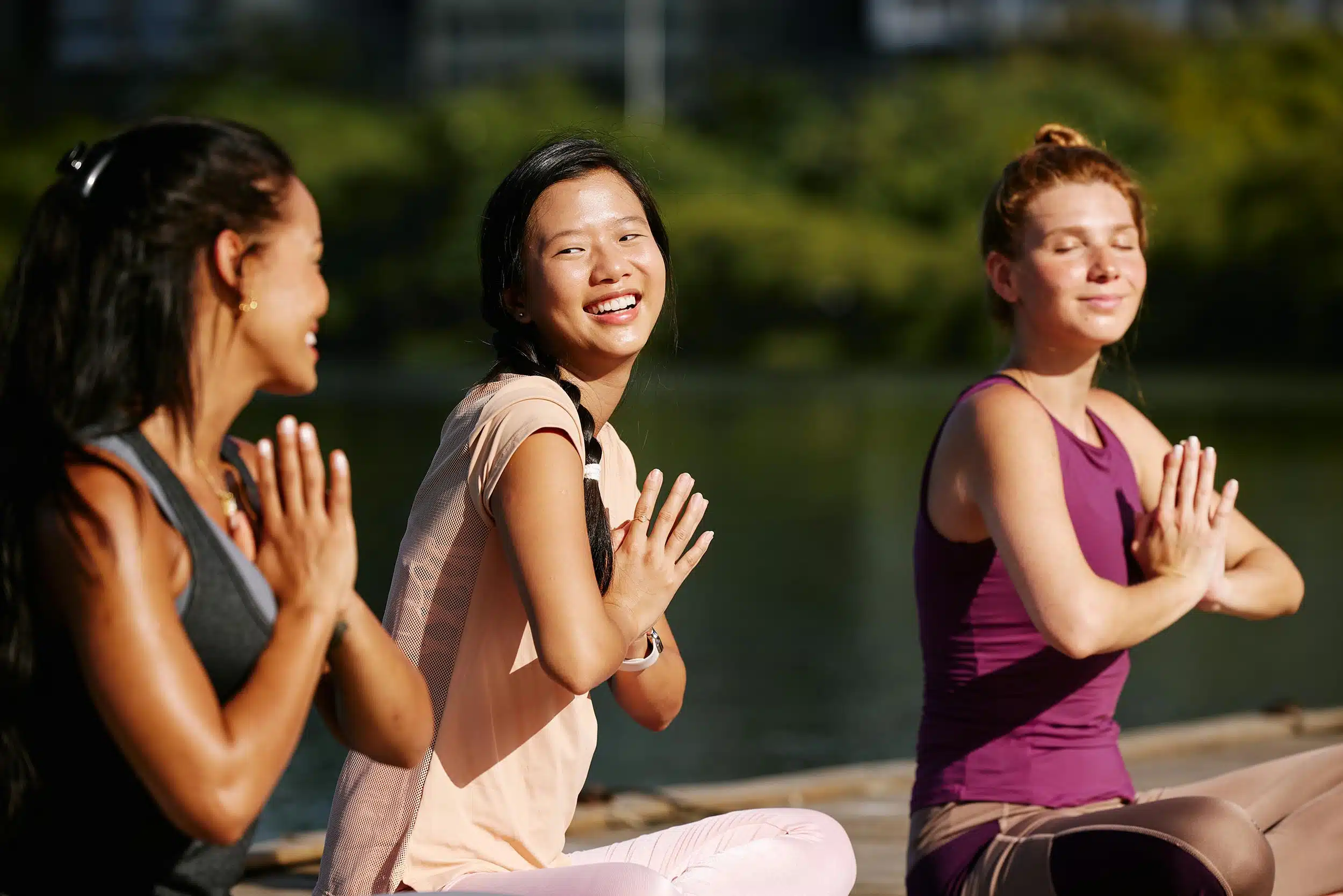
As a college student and member of Gen Z, I have seen a real shift in the way people my age choose to spend money. We have begun to stray away from material items; my friends and I are now far more likely to splurge on fitness classes or weekend getaways. This is partially due to the fact as we mature, we are starting to realize that having the newest iPhone is probably not the most important thing in the world. But a more likely reason for this shift is that more than any other generation, Gen Z has been exposed to the importance of wellness for quite some time now. If the health and wellness industry wants to keep up, brands must align business strategy with the younger generations’ newfound desire for well-being and meaningful experiences.
So, the bottom line: instead of just another product on a store shelf, today’s consumers crave something they can feel, share, and remember; something they can experience. For fitness brands—from yoga and pilates studios to up-and-coming activewear labels—a new age of experiential marketing brings enormous opportunity for growth.
Experiential Marketing Techniques
Experiential marketing is a strategy that allows consumers to actively engage with a brand through immersive and memorable experiences, which just so happens to be exactly what the younger generations are seeking out.
This has already been put to use in a number of fitness brands, but the most notable usage of this business strategy is associated with giants in the industry. Brands that are trying to gain traction– maybe a small yoga or pilates studio—can and should mimic what industry leaders are doing to amplify their brand.
1. Fitness Retreats
Yoga studios or wellness centers can host destination retreats that allow attendees to practice their skills in an environment that simultaneously fosters a company-consumer connection.
2. Pop-Up Events
A simpler alternative to luxurious fitness retreats, pop-up events are a great option for smaller brands or even start-ups who may not have the resources to execute a large-scale, travel experience. They also serve as an opportunity to reach new audiences—those who may have no prior connection to or awareness of the brand.
3. Brand Collection
Athleticwear brands can partner with studios to host launch parties, workout sessions, and wellness panels.
In a world where the younger generations are starting to choose experiences over possessions and prioritizing their wellness more than ever, fitness brands have the opportunity to connect with their consumers on a deeper level. By straying away from traditional business strategies, even the smallest studios and start-ups can make huge impressions and build customer loyalty through strategies like experiential marketing. At the end of the day, it’s not just about telling a story to your consumers; it’s inviting them to live it.
Summary: Gen Z is prioritizing wellness experiences over purchasing material items—fitness brands can tap into these preferences by implementing experiential marketing strategies to build deeper, lasting company-consumer relationships.
Related Story: A Look Into Community Events From High-Engagement Brands

